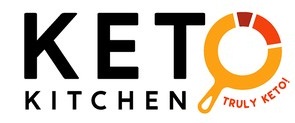So without enough electrolytes, your body won’t transition well into ketosis. You may also experience a variety of symptoms like dizziness, fatigue, cramps, and problems in concentrating. Don’t think that salt is bad because of the sodium — you need the sodium if you want to get into ketosis.
Moreover, you need water to help your kidneys work. The liver can do some of the things your kidneys do, but it cannot utilize fatty acids as efficiently as possible. Thus, you cannot afford to become dehydrated if you want to have ketosis in 24 hours.
How much water should you drink on a keto diet? First, identify your weight. Divide this by half. The result — in ounces — is how much water you need on a daily basis. A 150-pound individual should have a minimum of 75 ounces of water.
4) Work Out
The easiest way to get rid of the carbs and glucose in your body is to work out. Go to the gym and do some physically intensive activities. If working out is not your thing, you can play any sport you like. What matters is that you get sweaty and force your body to burn carbs for energy.
You need to deplete your muscle glycogens, which are different from those in your liver. As you workout, you lose more of these until your muscle has to look for glucose in the bloodstream. This causes your blood sugar level to fall — alerting your liver that it has to convert more glycogens into glucose.
But since you’re in a keto diet, your liver will also run out of glycogens to use. This is because you’re not eating high-carb foods anymore. This will then force your body to look for a new source of energy: your stored fat. In other words, you enter a state of ketosis to support your muscles while you work out. The rest of the text is on the next page…




Leave a Comment